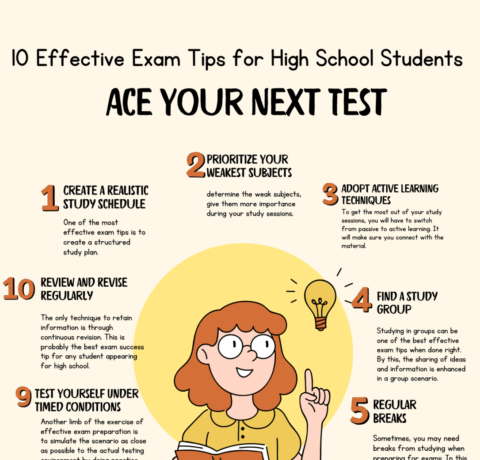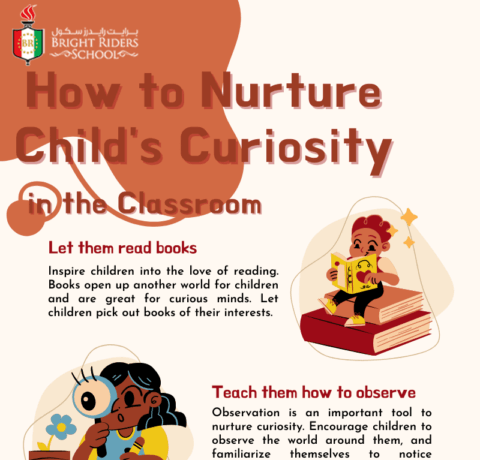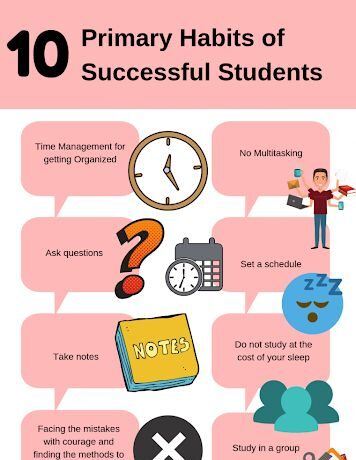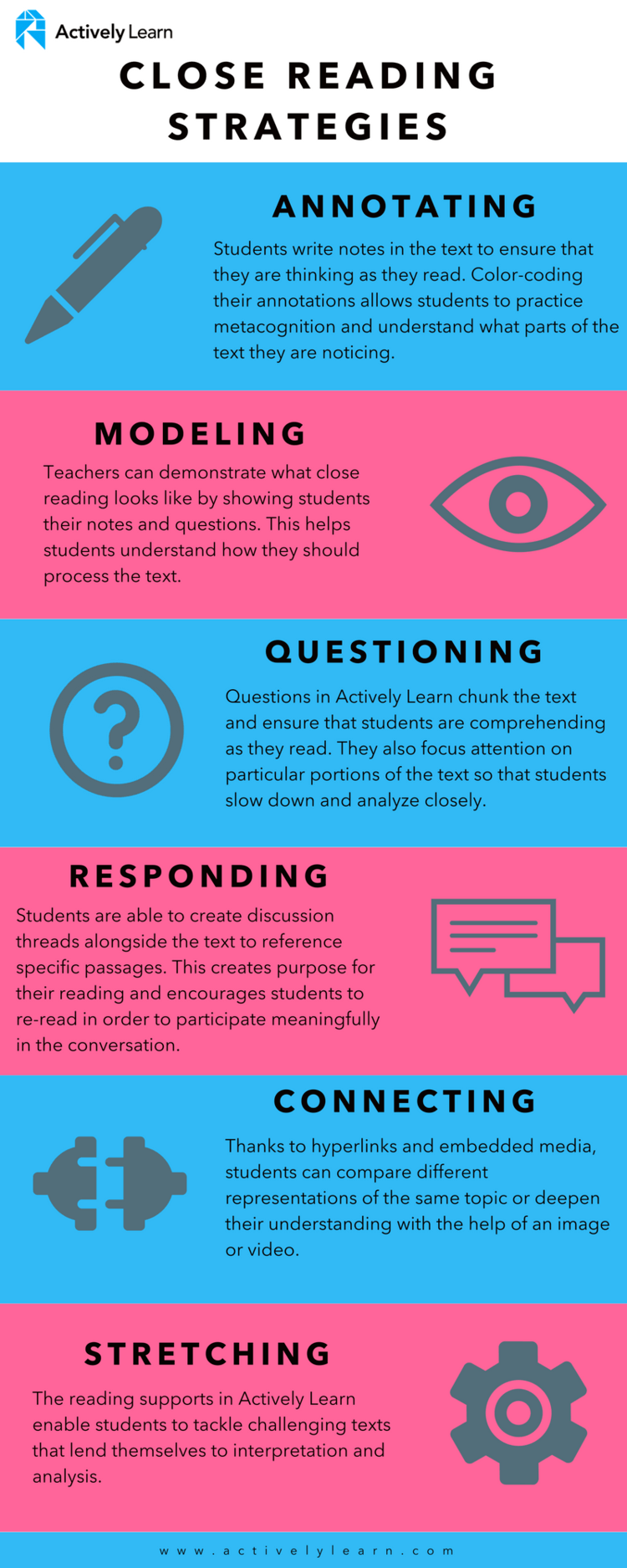Close Reading Strategies with Actively Learn Infographic
Actively Learn was designed to promote active, close reading for deeper learning. Here's a rundown of the top close reading strategies suggested for your classroom, and the benefits they provide for learning.
Annotating
Students write notes in the text to ensure that they are thinking as they read. Color-coding their annotations allows students to practice metacognition and understand what parts of the text they are noticing.
Modeling
Teachers can demonstrate what close reading looks like by showing students their notes and questions. This helps students understand how they should process the text.
Questioning
Questions in Actively Learn chunk the text and ensure that students are comprehending as they read. They also focus attention on particular portions of the text so that students slow down and analyze closely.
Responding
Students are able to create discussion threads alongside the text to reference specific passages. This creates purpose for their reading and encourages students to re-read in order to participate meaningfully in the conversation.
Connecting
Thanks to hyperlinks and embedded media, students can compare different representations of the same topic or deepen their understanding with the help of an image or video.
Stretching
The reading supports in Actively Learn enable students to tackle challenging texts that lend themselves to interpretation and analysis.
See also:







You can adjust your cookie preferences here.